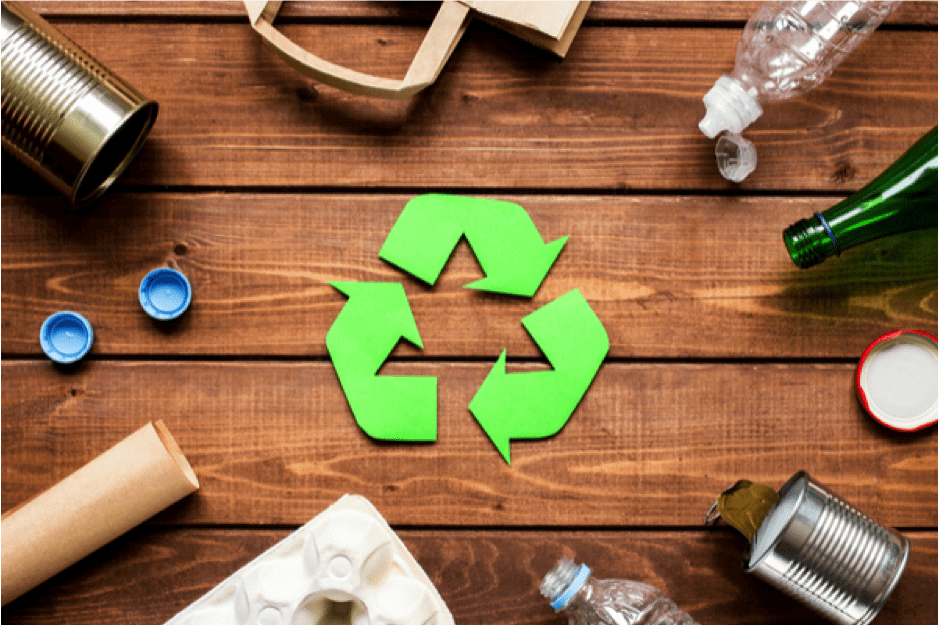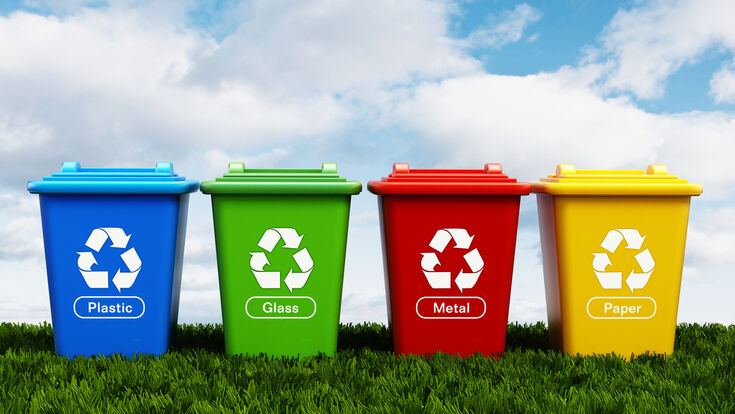The Effect of Recycling Lives Services on Communities and the Environment
The Effect of Recycling Lives Services on Communities and the Environment
Blog Article
Exploring Different Sorts Of Waste in Modern Waste Administration Systems
The modern landscape of waste management entails navigating a complex variety of waste kinds, each needing specialized handling and disposal methods to minimize environmental influences. Municipal strong waste, dangerous waste, electronic waste, and organic waste each present unique obstacles and opportunities for source healing.
Municipal Strong Waste
Community strong waste, frequently described as home trash or waste, includes a variety of disposed of products produced by domestic, industrial, and institutional sources within a town. This waste stream usually includes items such as product packaging, food scraps, yard trimmings, paper, plastics, fabrics, and thrown out family items. The administration of municipal strong waste is a critical part of urban preparation and public wellness, requiring efficient collection, transportation, and disposal systems.
Reliable waste management systems are developed to decrease environmental impact while making the most of resource recuperation. This commonly includes a mix of techniques consisting of landfilling, recycling, and composting. Reusing programs target products like paper, glass, metals, and particular plastics, diverting them from landfills and reintroducing them right into the production cycle. Composting organic waste, such as food scraps and backyard trimmings, not only reduces garbage dump usage but additionally produces useful dirt amendments.
Communities need to likewise deal with the logistical and economic obstacles connected with waste management. Carrying out pay-as-you-throw systems, boosting public awareness, and purchasing technology can dramatically enhance waste diversion rates. By incorporating these techniques, towns can cultivate lasting communities, minimize greenhouse gas discharges, and save all-natural resources.
Hazardous Waste

Effective unsafe waste monitoring involves several important actions: identification, treatment, partition, and disposal. Recognition involves the category of waste based on its hazardous residential or commercial properties. Partition ensures that dangerous products are saved separately from non-hazardous waste to avoid cross-contamination. Treatment approaches, such as chemical neutralization, incineration, and stabilization, are employed to reduce the toxicity, quantity, or flexibility of the waste. Ultimately, disposal choices, including protected landfills and below ground storage space, are chosen to ensure lasting containment.
Regulative structures, such as the Source Conservation and Recovery Act (RCRA) in the USA, give guidelines and criteria for contaminated materials monitoring. Adherence to these guidelines, coupled with improvements in waste treatment modern technologies, is crucial in alleviating the risks related to contaminated materials.
Digital Waste
Electronic waste, generally described as e-waste, stands for a swiftly growing difficulty in waste monitoring systems globally. This sort of waste encompasses discarded digital devices and tools such as smart devices, computer systems, tvs, and other digital appliances. The fast pace of technological improvement, combined with lowering product lifespans and consumer demand for the current gadgets, has actually tremendously raised the quantity of e-waste generated every year.
E-waste is particularly troublesome as a result of its complex composition, typically consisting of harmful compounds like lead, mercury, and cadmium, which position significant environmental and wellness risks otherwise appropriately handled. Conversely, e-waste also includes important materials such as copper, silver, and gold, which can be recouped and reused. The twin nature of e-waste-- both dangerous and valuable-- demands customized handling, reusing, and disposal procedures.
Effective e-waste monitoring entails stringent governing structures, robust collection systems, and progressed recycling technologies. Public awareness and engagement are important, as improper disposal methods, such as illegal disposing and informal recycling, intensify ecological contamination and health threats. Boosting e-waste administration methods is essential for mitigating eco-friendly effect and recouping useful sources in an increasingly digital globe.

Organic Waste
Organic waste, consisting of kitchen area scraps, backyard trimmings, and agricultural deposits, represents a considerable portion of the global waste stream. This sort of waste is biodegradable, implying it can be broken down by bacteria right into easier natural substances. useful content Regardless of its possibility for natural disintegration, inappropriate administration of organic waste can bring about damaging ecological influences, including the emission of greenhouse gases such as methane, which add to climate modification.
Efficient monitoring of natural waste is critical for decreasing these ecological effects (recycling lives services). Composting is a commonly embraced approach, changing natural waste right into nutrient-rich compost that can boost dirt health and wellness and agricultural productivity. Furthermore, anaerobic digestion is an emerging technology that transforms organic waste right into biogas, a renewable resource source, and digestate, which can be used as plant food
Municipalities and waste this contact form monitoring entities need to implement durable natural waste collection and treatment programs to take full advantage of the advantages of these procedures. Public education and learning campaigns can additionally play a pivotal duty in encouraging homes and organizations to different organic waste from various other types of waste. By focusing on the monitoring of organic waste, cultures can lower land fill use, reduced greenhouse gas exhausts, and produce useful results for farming usage.
Ingenious Waste Management
In the realm of waste management, ingenious approaches are changing just how societies handle their refuse, going for sustainability and effectiveness. These improvements encompass a range of innovations and practices that improve reusing prices, reduce land fill dependency, and lower ecological impact. One prominent development is the implementation of clever waste bins equipped with sensors that keep an eye on fill levels and optimize collection routes. This not just decreases gas usage however also minimizes greenhouse gas exhausts.
One more remarkable growth is the fostering of waste-to-energy (WtE) technologies. By converting non-recyclable waste right into functional power via processes such as incineration and anaerobic food digestion, WtE lowers landfill problem and gives a sustainable energy resource. Moreover, developments in chemical recycling enable the malfunction of intricate plastics right into their original monomers, allowing the creation of brand-new, high-quality plastic items.
Additionally, the round economic climate model is getting traction, highlighting the layout of products and systems that prioritize reusability and resource performance. This all natural method urges industries to minimize waste generation from the outset. Through these cutting-edge approaches, modern waste management systems are not only attending to the immediate difficulties of garbage disposal yet likewise leading the method for a much more sustainable future.
Final Thought
A comprehensive understanding of metropolitan strong waste, contaminated materials, digital waste, and natural waste, combined with the application of innovative waste monitoring options, is necessary for mitigating ecological influences. Integrating modern technologies such as wise waste bins and waste-to-energy systems can enhance performance and sustainability. Reliable waste management techniques not only foster resource recuperation yet additionally advertise public understanding and participation, ultimately adding to the development of view it a round economic climate.
The contemporary landscape of waste management entails navigating a complicated range of waste types, each needing specialized handling and disposal approaches to mitigate environmental influences. Community solid waste, hazardous waste, electronic waste, and organic waste each existing distinctive obstacles and opportunities for resource recovery.Digital waste, frequently referred to as e-waste, represents a rapidly expanding challenge in waste management systems around the world. With these ingenious techniques, modern-day waste management systems are not just dealing with the prompt difficulties of waste disposal however likewise leading the means for a much more sustainable future.
A detailed understanding of local strong waste, dangerous waste, electronic waste, and organic waste, combined with the implementation of ingenious waste administration options, is critical for reducing ecological impacts. (recycling lives services)
Report this page